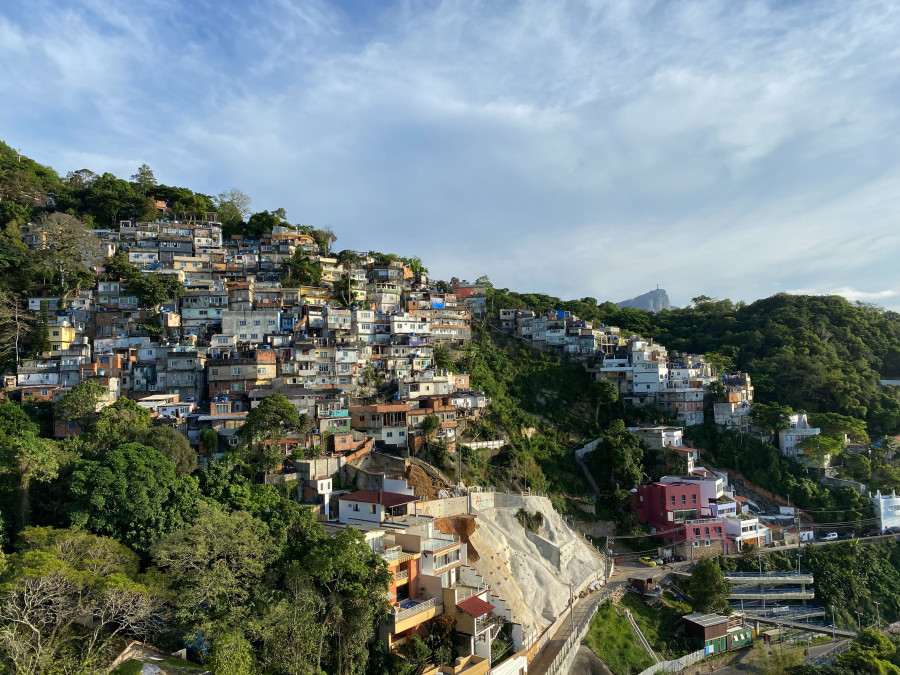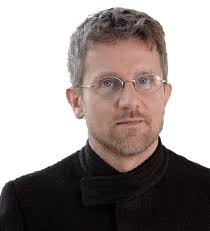Columns
Putting Rio de Janeiro on the map
People of informal neighbourhoods in Brazil have long lived with limited access to facilities.
Carlo Ratti
The future of urban planning may be in Brazil’s second-largest city. But it is not along Ipanema’s glittering waterfront, overlooked by some of the most expensive real estate in Latin America. Nor is it in the Centro district, refurbished for the 2016 Olympics and now the focus of a major urban regeneration plan. To glimpse the future of cities, travel past the Rodrigo de Freitas Lagoon until you reach the Jardim Botânico neighbourhood, and then look to the hills, where the boundless Rocinha district is perched perilously on the slopes.
The pace of urbanisation worldwide has accelerated dramatically in recent years. Across the planet, the equivalent of a new London is built every seven weeks. This explosive growth mostly consists of “informal neighbourhoods.” In Brazil, they are called favelas. Rocinha is the largest of the many favelas that dot Rio de Janeiro’s uneven terrain, home to 100,000-200,000 inhabitants, depending on which estimate you trust.
Favelas emerged in the late 19th century. Following the abolition of slavery in 1888, masses of freed people and discharged soldiers began to build their homes with makeshift materials on the edges of Brazil’s cities. The resulting neighbourhoods took their name from the type of tree that surrounded them on all sides. Today, an estimated 12 million Brazilians live in favelas, where residents’ access to essential services such as water and electricity is limited, and health risks, including tuberculosis and leprosy, are severe.
For decades, politicians and urban planners have agreed on a simple, brutal solution to favelas: demolish them and rebuild from scratch. This method of clearing informal neighbourhoods has a long history—and not just in Brazil. Before Baron Haussmann’s 19th-century demolitions, Paris teemed with informal constructions—architecture without architects that dated back to the Middle Ages. Even New York was once home to the largest slum in the United States, famously depicted in Martin Scorsese’s Gangs of New York.
In 2003, the city of Medellín, Colombia, pioneered a new approach to slums. Instead of succumbing to the temptation of a tabula rasa, city planners were guided by three principles. First, they would preserve the urban fabric of informal neighbourhoods wherever possible. Second, they would create new public spaces such as a square, a library, or a football pitch. And, third, they would establish new connections between the city’s unplanned and planned districts, such as by building a network of elevated cable cars to soar above the treacherous terrain.
The benefits of the new formula quickly became evident. Long stigmatised for violent street crime, Medellín soon was recognised for the success of its urban renewal. In 2013, the Wall Street Journal named it “Innovative City of the Year.” From these experiments to support and incorporate informal neighbourhoods, a new, inclusive form of urban planning was born.
Twenty years after the success of the “Medellín model,” Rio’s city planning commissioner, Washington Fajardo, began to wonder if it was possible to develop a “Rio model” for the 21st century. He initiated a project to modernise Rocinha that uses digital technology to improve the relationship between people and cities.
The idea is based on applying 3D-scanning technology, which is increasingly used in the urban planning and construction sectors, to create the first precision maps of Rocinha. The favela’s complex, irregular layout would make this task impossible for traditional cartographic tools. But LiDAR laser scanning and digital databanks can measure hundreds of thousands of points per second, each accurate within millimetres.
Mapping Rocinha is the critical first step to a host of urban renewal projects. Understanding exactly what is where is a prerequisite for connecting the area to urban infrastructure such as electricity, piped water, and sewers. These maps also allow for targeted interventions that can mitigate public health hazards, facilitate travel, or simply allow a steadier flow of air and sunlight.
Plans to map Rocinha also can help ensure that its residents are acknowledged as full-fledged citizens. Residents of favelas have long lived as second-class Brazilians, residing in invisible, uncharted neighbourhoods with limited access to the benefits and protections of public institutions. A map could provide the starting point for them to gain official title to the properties that they have long maintained. In short, 3D scanning could bring favelas, with all their pitfalls and potential, out of the shadows.
The experiment is in progress, and its effects will become clear only over time. But if it is successful, the programme would offer new possibilities for the cities of tomorrow. The renewal of Rocinha could demonstrate the potential for a synthesis of two timeless modes of urbanisation: top-down planning by professionals and bottom-up, decentralised construction by hopeful, hardworking residents. One day, these forces might reinforce each other, on the sunny slopes of Rio de Janeiro, where favelas—both trees and neighbourhoods—have put down deep roots.
—Project Syndicate




 9.12°C Kathmandu
9.12°C Kathmandu















